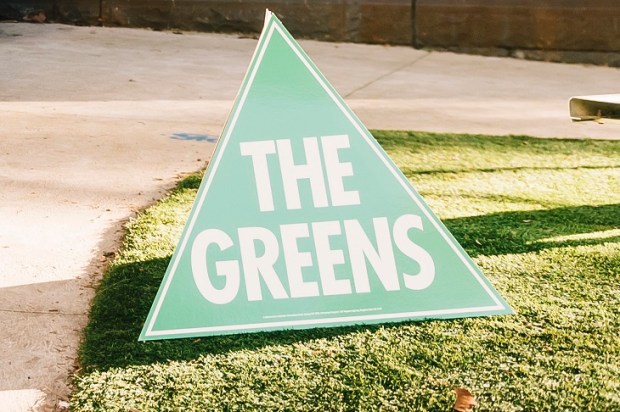The ‘transition’ of the electricity supply industry has been forced by government subsidies to renewable energy generators with increased impositions on coal and gas with higher royalty charges and bans playing a secondary role. The first subsidies were introduced by John Howard in 2001 as the Mandatory Renewable Energy Target.
Already a subscriber? Log in
Subscribe for just $2 a week
Try a month of The Spectator Australia absolutely free and without commitment. Not only that but – if you choose to continue – you’ll pay just $2 a week for your first year.
- Unlimited access to spectator.com.au and app
- The weekly edition on the Spectator Australia app
- Spectator podcasts and newsletters
- Full access to spectator.co.uk
Or


























Comments
Don't miss out
Join the conversation with other Spectator Australia readers. Subscribe to leave a comment.
SUBSCRIBEAlready a subscriber? Log in